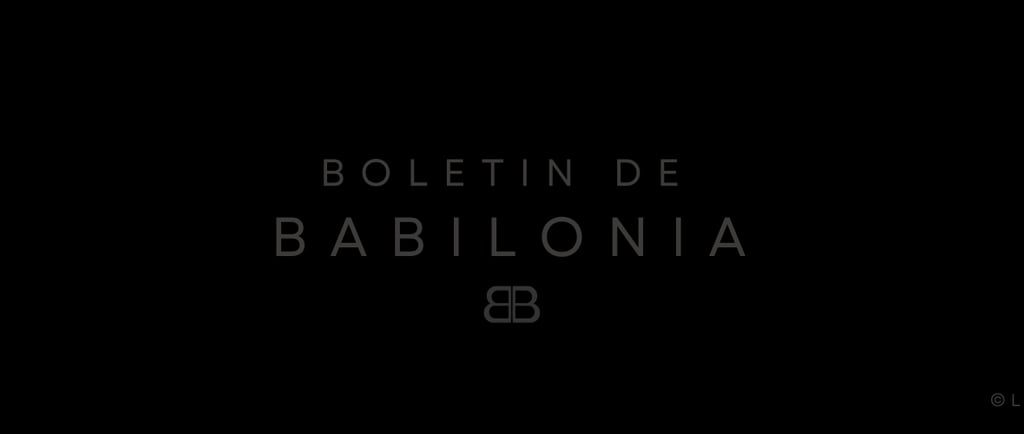THE OFFICIAL SITE OF LEA CELIK SOMMERSETH SHAW
True Religion
Philosophy and beyond
8/7/2025


True Religion: On the first Abrahamic religion Zoroastrianism, Buddha, Philosophy and beyond
By Lea Celik Sommerseth Shaw
In the long arc of human awakening, the emergence of sacred wisdom has never been confined to a single voice or geography. Rather, the divine has spoken in many tongues, across deserts and mountains, in moments of silence and fire. Among these sacred echoes, the Avesta, Zarathustra, and the Buddha stand not merely as religious signposts but as philosophical mirrors, each reflecting humanity’s perennial yearning for moral clarity, existential meaning, and cosmic order.
The Avesta, the holy scripture of Zoroastrianism, emerges from a world where fire was not only an element but a symbol of purity and truth. At its center stands Zarathustra—prophet, poet, and the first known philosopher to proclaim monotheism as a metaphysical imperative. His divine, Ahura Mazda, is not a distant deity but the embodiment of truth (asha) and wisdom (vohu manah), inviting the soul not to submission but to choice. For in Zarathustra’s moral universe, good and evil are not states imposed from without, but pathways chosen from within.
If Zarathustra speaks in fire and order, the Buddha answers in silence and liberation. Born Siddhartha Gautama in ancient India, the Buddha turned from princely comfort toward a deeper contemplation: the suffering that pervades existence and the possibility of its transcendence. Unlike Zarathustra, the Buddha does not anchor his truth in a creator god but in the nature of consciousness itself. Where the Avesta calls for moral allegiance to a supreme being, the Dhamma calls for inner realization of the nature of impermanence and the dissolution of ego.
Yet these two titanic figures, so distinct in form, converge in function. Both reject blind ritualism. Both place moral agency at the heart of human life. And both situate the soul’s journey not in external conquest, but in inward alignment—with truth, with order, with compassion. Zarathustra’s dualism—of light and darkness, truth and lie—finds a curious kinship with the Buddha’s path between extremes, the Middle Way between indulgence and asceticism.
What unites them ultimately is not dogma, but philosophy: a commitment to the examined life. In Zarathustra, we find the seeds of eschatology—the anticipation of a final reckoning, a renewal of the world. In the Buddha, we discover the cyclical nature of rebirth and the liberation from suffering through nirvana. One looks forward to an end-time justice; the other inward, to a timeless release. Both, however, call upon us to awaken.
Zarathustra gave the world its first theological architecture for monotheism, a system that would echo in Judaism, Christianity, and Islam. The Buddha offered a path of introspective liberation that would ripple across Asia, reshaping ethics, psychology, and metaphysics. One moved the West; the other transformed the East. Yet both teach that to be human is to stand at the threshold of responsibility: to choose light over darkness, awakening over ignorance.
The Avesta, Zarathustra, and the Buddha are not relics of the ancient world. They are eternal questions, wrapped in the garments of time. Their teachings challenge us not to believe, but to live—to cultivate truth, resist the illusions of power, and walk with integrity toward the mystery that binds us all.
In the end, “true religion” may not lie in temples or texts, but in the quiet courage to seek what is just, to act with reverence, and to endure the path of awakening.
Lea Celik Sommerseth Shaw
7 August 2025 Saint Germain Des Pres
© 2025 LCSS INC. Lea Celik Sommerseth Shaw. All rights reserved.
LCSS INC
LEA CELIK SOMMERSETH SHAW INC
Business Centre Raadhuspladsen, Rådhuspladsen 16, 1550 København, Denmark
152-154 Saint Germain Des Pres 75006 Paris + 100 Bishopsgate London EC2N 4AG (Not France /UK/Sweden based saintgermaindespres.blog)
Haagsche Hof, Parkstraat 83-91 2514 JG Den Haag
Metropolitan Park, 8 Hillside Road, Johannesburg
28/F, Huaihai Plaza Shanghai 200032
Please Note Always post public and Always have No DM/Chat Notifications, she correspondence with International Community in person.
Lea closed her X/Linkedin hw censoring scamming Macron Trump forwarded with US-Israel lobbying LA band Wallflowers to International Courts. saintgermaindespres.blog